
Are you considering inbound marketing to generate traffic, convert leads to customers and build your business? As you may already know, inbound marketing requires you to change your mindset in how you approach marketing. Instead of the old outbound marketing “flash in the pan” methods of direct mail, print advertising or cold calling – typical inbound marketing programs require a 12-month commitment.
In order to get a jumpstart on inbound—I’ve listed 6 factors that will help you get up and running with inbound marketing sooner rather than later.
1. Is your brand distinct?
Today, the ability to stand out in a crowded marketplace is absolute necessary if you are planning to grow your business. If your positioning is weak or your brand undefined, it will make it harder for your customers to understand what makes you different and memorable. Having a well-defined and authentic brand is the first place to start when beginning any kind of marketing – inbound or outbound.
2. Do you know your buyer persona?
All successful inbound marketing campaigns begin with the buyer persona. A buyer persona is a fictitious representation of your ideal customer – notice I did not say “target market”. Your buyer persona must be laser focused on the questions, needs and pain points of your customer to be effective. By identifying your buyer persona now, you’ll be able to create content faster.
3. Is your website ugly?
With 60% of all purchases starting with a web search—all inbound marketing programs begin and end with your website. A well designed website is necessary to attract, engage and communicate your product and services. If your website is ugly –fix it! In additions it will also need an adequate content management system like WordPress in order to adjust quickly to any course changes during the 12-month program.
4. Are your search engine rankings strong?
If you just launched a new website it may take longer to get your website ranked on the first page of Google. Google assigns more authority to websites that have been around longer. It will also depend if you’ve done any SEO in the past. If you have strong rankings at the beginning of an inbound marketing program, you will see quicker results.
5. Have you been blogging?
According to HubSpot, 55% more visitors; 97% more inbound links; 434% more indexed pages if done consistently. Blogging is the primary method for driving traffic and serves as the platform for your social media activity. Blogging must be done 1-2x minimum per week to activate inbound marketing’s traffic generating and SEO power.
6. Do you have the time?
If you can’t seem to get the time to blog, distribute and promote your content—then inbound marketing will take longer if not fail all together. The secret to inbound marketing is to create consistent valuable content based on solving your customer problems. Consider hiring an inbound marketing agency to help you generate content.
The bottom line
It will take anywhere from 4-9 months depending on your ability to address the above points quickly to start seeing results with inbound marketing. Most companies will start out highly motivated—but after 3 months give up. Inbound marketing is a marathon not a sprint—but like any good endeavor, the results are well worth it. Here’s what you can expect:
- Proved ROI
- Month over month organic traffic increases (net-net gains)
- A steady flow of leads
- Qualified customers based on your ideal buyer persona
- Higher search engine rankings
- Establish thought leadership in your industry
- Gain more followers on Twitter, Facebook and LinkedIn
- Crush your competition
If you’re interested in exploring how your business could benefit from inbound marketing, please contact our Indianapolis or Denver inbound marketing agency for a complimentary, no-haggle inbound marketing assessment.
Free Download:
Inbound Marketing Tool Kit
Running a successful marketing campaign for your business is all about having the right tools.
This guide will dive into which marketing tools you should keep at the ready.
[easyembed field=”inboundtakesCTA”] [vc_separator type=”large” dh=”1″ color=”light” icon=”” align=”left” margin-bottom=”40″ margin_top=”40″]

By Josh Claflin, Brand Development, Inbound Marketing & Creative Strategy
Josh helps brands who are struggling to develop their brand; grow, stabilize or increase profits through their websites; increase revenue through online channels and enter the digital era of marketing.



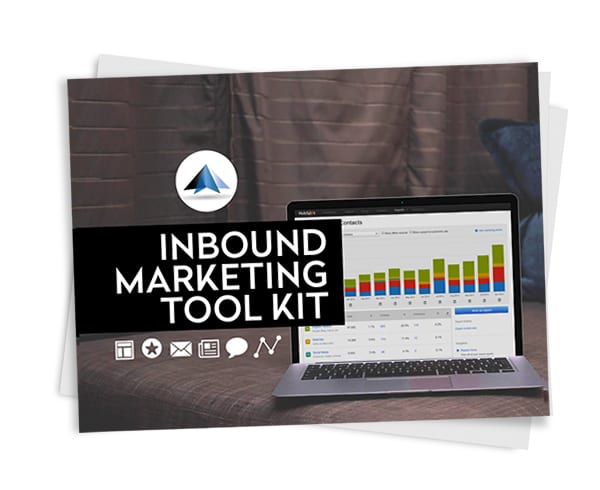
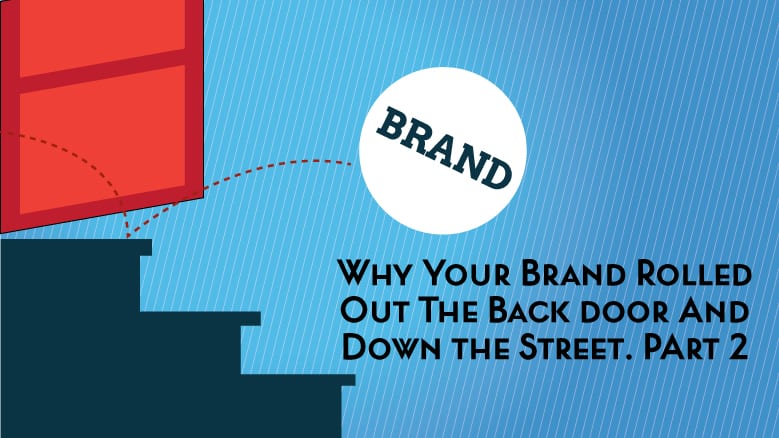
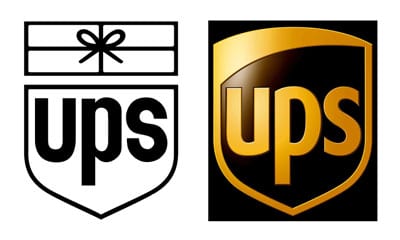 When UPS rebranded in 2007, their television ads showed their old logo changing from the drab 2-dimensional package icon to the more stylized 3-dimensional shield icon for at least a year. Their trucks seemed to be changed over the same amount of time. But who could forget their brilliant whiteboard commercials? They coupled their new branding with a new ad campaign communicating the company’s new positioning and tagline – What can brown do for you? (Which was later changed to We love logistics.)
When UPS rebranded in 2007, their television ads showed their old logo changing from the drab 2-dimensional package icon to the more stylized 3-dimensional shield icon for at least a year. Their trucks seemed to be changed over the same amount of time. But who could forget their brilliant whiteboard commercials? They coupled their new branding with a new ad campaign communicating the company’s new positioning and tagline – What can brown do for you? (Which was later changed to We love logistics.)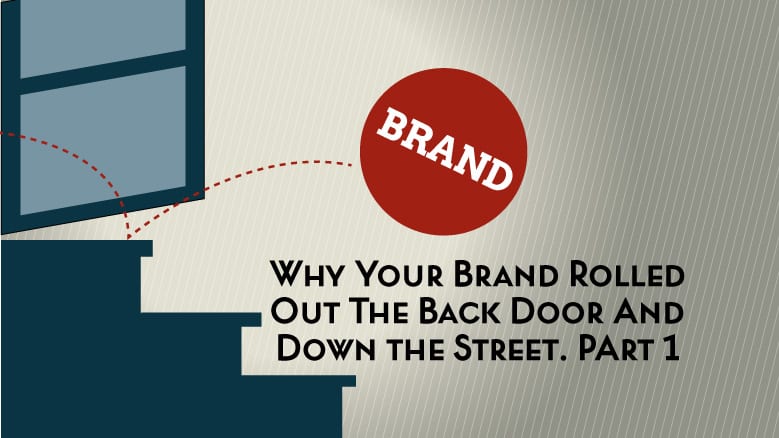
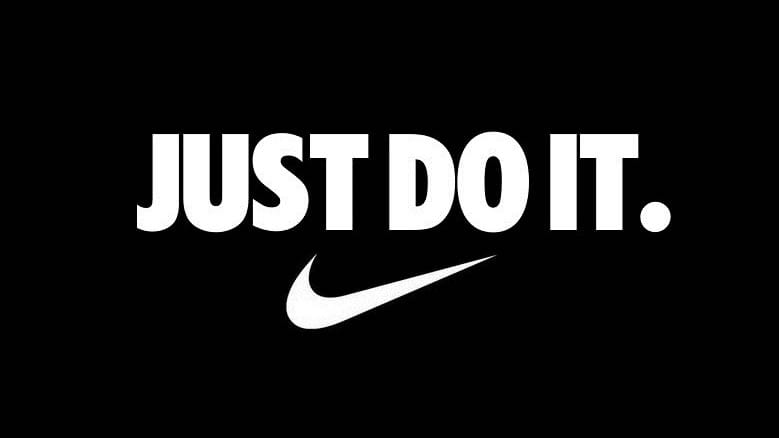


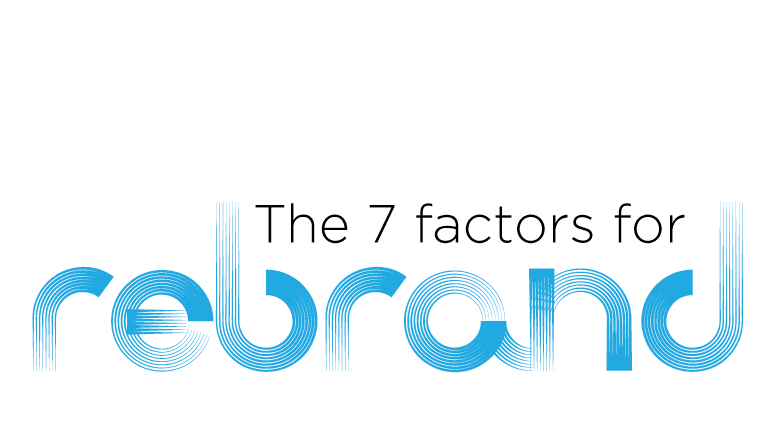
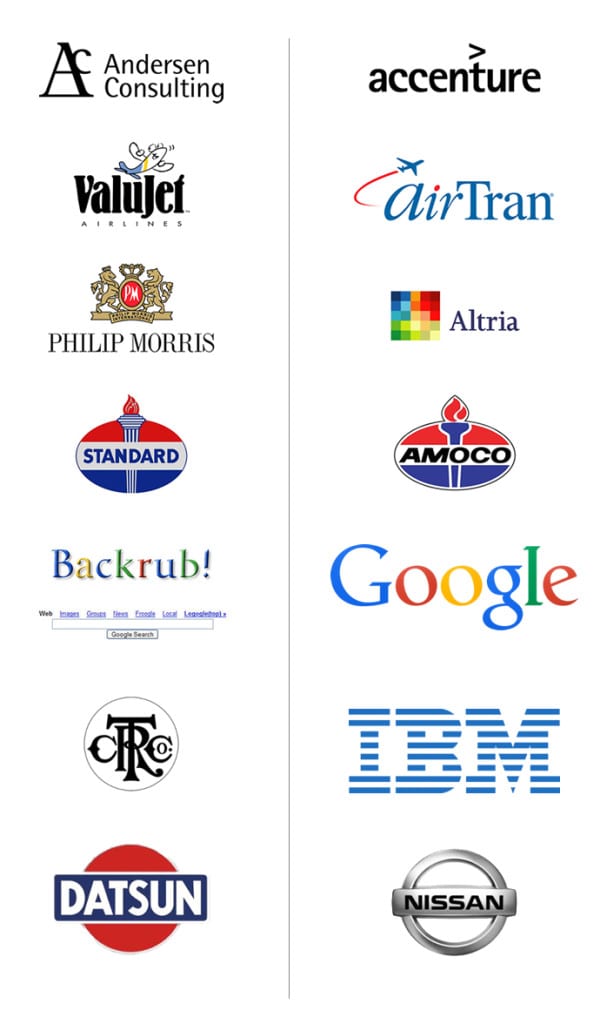

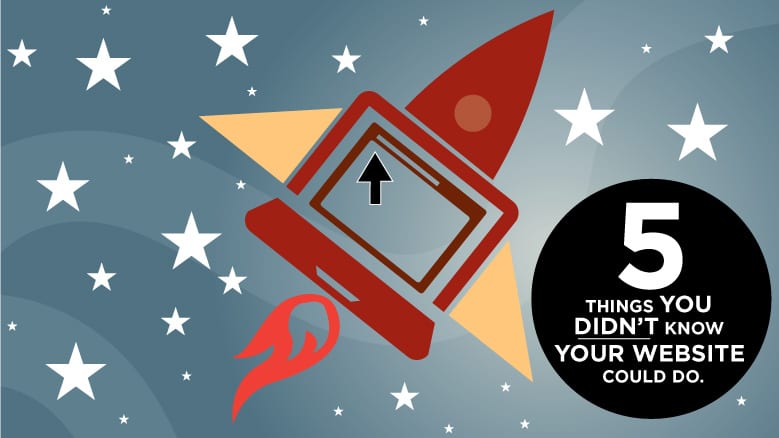




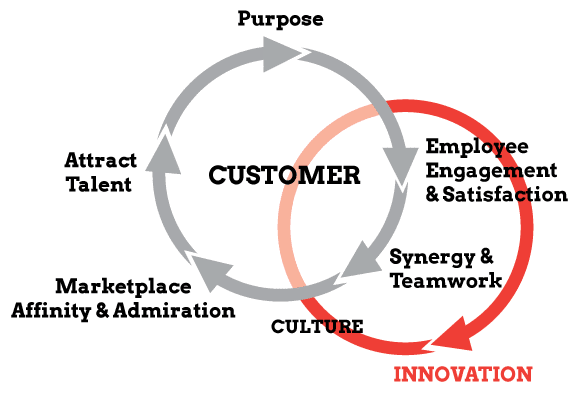


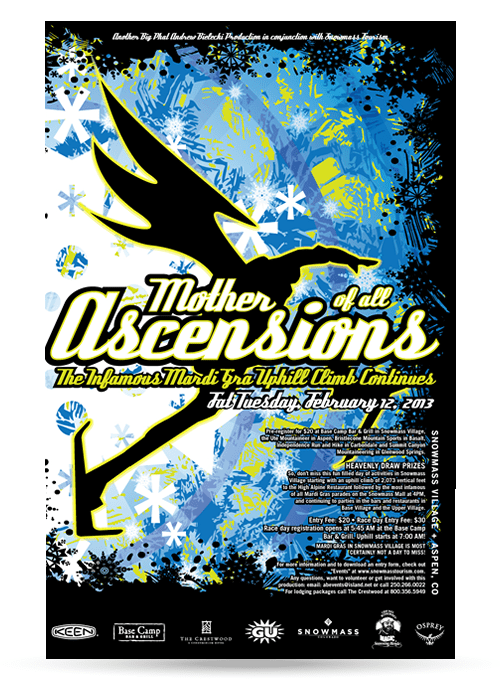



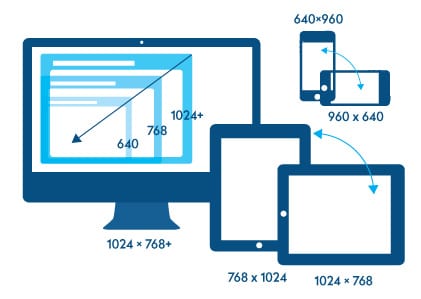

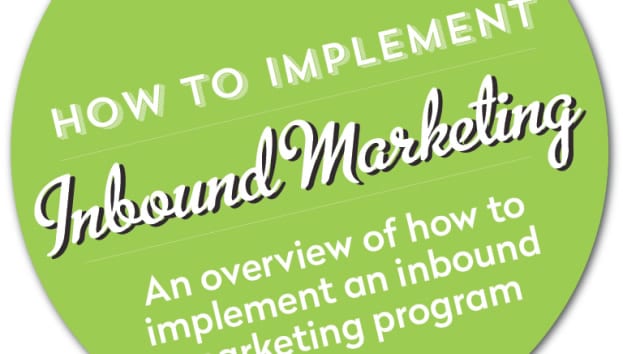

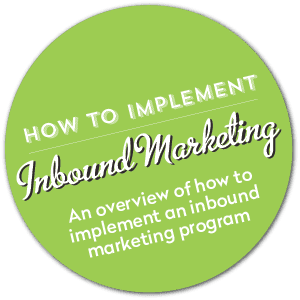
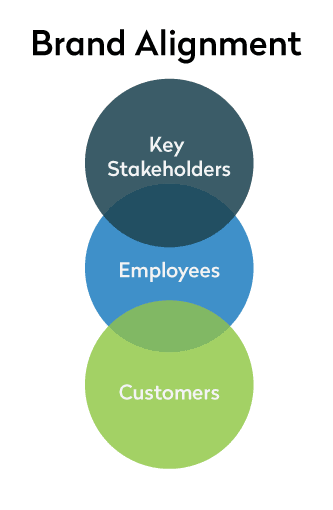
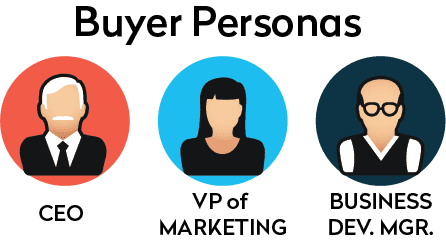
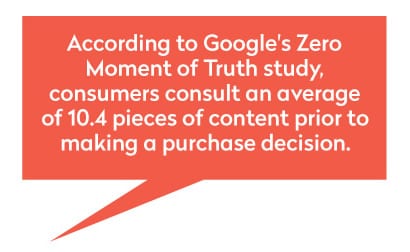
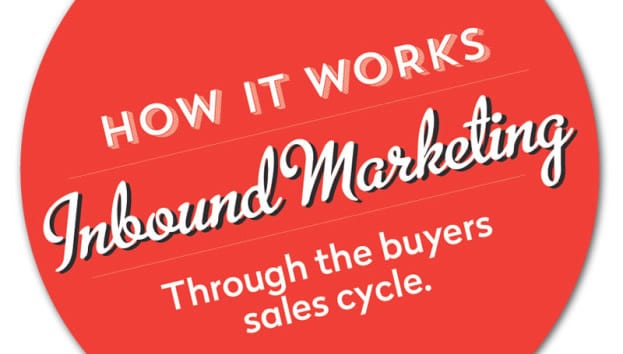
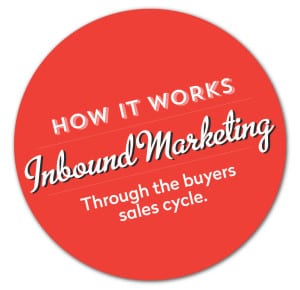

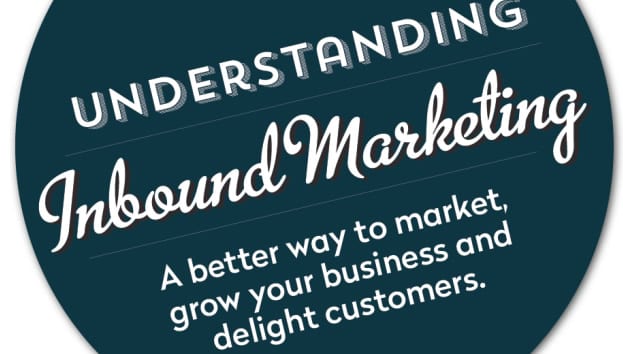
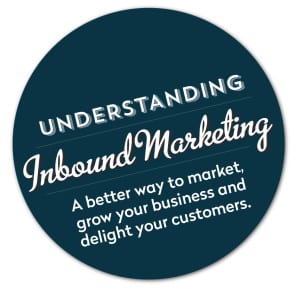 As a marketer or business owner you’ve most likely at one point purchased an ad in the yellow pages, local magazine, radio, tried direct mail or maybe even shot a 30 second spot. These forms of advertising commonly known as “push” marketing or “outbound” marketing has been the gold standard for advertising since the 1950s.
As a marketer or business owner you’ve most likely at one point purchased an ad in the yellow pages, local magazine, radio, tried direct mail or maybe even shot a 30 second spot. These forms of advertising commonly known as “push” marketing or “outbound” marketing has been the gold standard for advertising since the 1950s. 